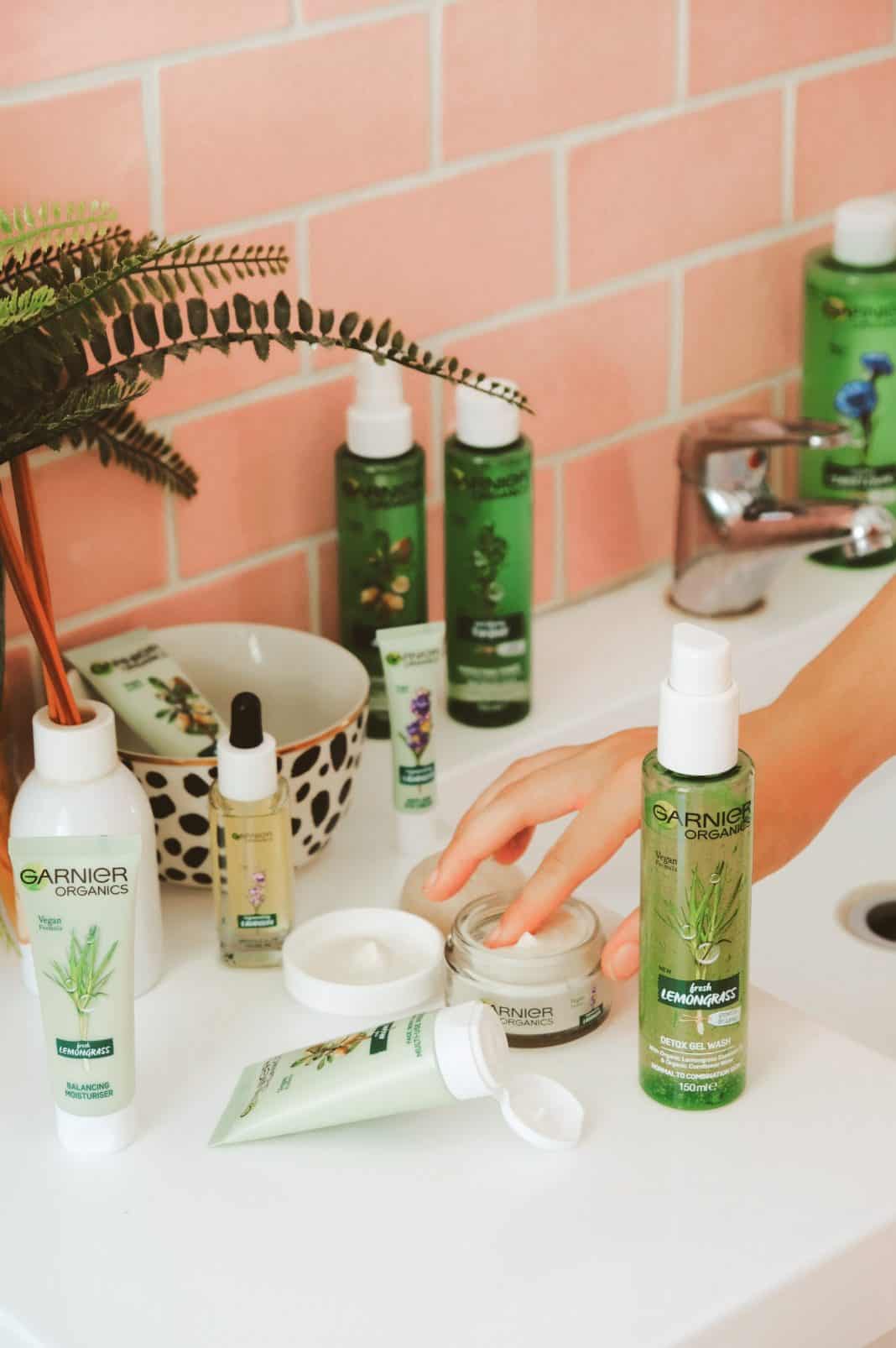Looking after the environment and implementing sustainable practices is a growing trend in all industries, including the beauty business.
Garnier, through its Green Beauty initiative, is one of the companies leading the way towards sustainable practices, and this month, I spoke with Garnier General Manager Consumer Products Division Geoff Bellingham to find out more about Garnier’s ‘Green Beauty’ initiative and its Sustainable Progress Report.
What is Green Beauty and how did it come about? How is Garnier going greener?
Put simply, Green Beauty is our strategic approach to end-to-end sustainability by 2025.
It’s designed to enable us to transparently address the impact of our business on the environment and implement direct action that will see us transform every stage of our value chain, across five key pillars:
- More sustainable sourcing;
- More eco-friendly formulas;
- More sustainable factories;
- More recycled and recyclable packaging;
- Actions to fight plastic pollution.
How did Garnier come to be involved in sustainability and Green Beauty?
Garnier has made major steps towards becoming a more natural and sustainable brand. This was evident in 2005 when the brand pioneered the use of vegetable dyes for all paper packaging and POS material, the weight of plastic in Fructis bottles was reduced by 25%, saving 180 tonnes of plastic per year, and we reused and recycled 91% of our industrial waste.
Fast forward to today and we’re proud to share our ambitious commitments.
We’re thrilled that we’ve already transformed not only our products but also our practices in ingredient sourcing and packaging, as well as partnering with organisations that are aligned with our desire for a more sustainable future.
What is sustainable beauty? How is sustainability achieved with the beauty industry?
Sustainable beauty for us is all about creating products that respect the environment and our natural resources, while also meeting the needs of our customer.
To achieve sustainability across the beauty industry, we need to commit and work together, we need to share knowledge and best practices and we need to continue to invest in science and research.
We hope the steps that we’ve taken to share Garnier’s Green Beauty initiative and publicly release our Sustainable Progress Report (available on the Garnier website) will inspire others to join us on a path to a more sustainable future.
Why is it so important that brands such as Garnier make major decisions on, and take steps towards, sustainability and sustainable beauty?
If we don’t make a change now; natural resources will be depleted for future generations and entire ecosystems will become unstable.
Brands that are not making sustainable changes are also becoming less relevant to consumers.
Success will require change leadership and we have a responsibility and the opportunity to demonstrate that leadership through our commitment to transforming our value chain.
What are the main challenges associated with a sustainability commitment?
There will be hurdles to overcome as we journey towards reducing and eradicating our environmental impact, and we understand that significant progress within this complex space will take time.
We can’t compromise on the quality, safety and performance of our products. We need to remain inclusive, ensuring accessibility to all through affordable product pricing.
However, an ongoing commitment to education, investment in eco-friendly formulas, innovative design and, a passionate industry that works together will be instrumental in creating long-term change.
How can consumers become more aware of sustainability and the importance of environmentally friendly products?
As businesses have a responsibility to drive change, so do consumers. We love seeing consumers hold brands and businesses to account.
We’re seeing a trend in consumers who are changing their shopping behaviours based on a growing expectation for brands to do more and take ownership of the impact they’ve had and are having on the environment.
As consumers battle price and convenience at the point of purchase, we encourage them to spend a little time researching the brands from which they frequently purchase.
Garnier is working to make this easier through our product labelling initiatives and wider consumer communications.
How can pharmacy assistants influence their workplaces to increase sustainably responsible products on the shelves?
Drive the conversation in your workplace, ask team members their opinion: do they consider the environmental credentials of brands when making product recommendations?
Highlight the benefits that can come with sustainably-minded products.
Reducing unnecessary packaging means items can be smaller and lighter, increasing shelf space and potentially reducing storage requirements.
To read the full interview, as it appears in the September issue of Retail Pharmacy Assistants magazine, visit: rpassistants.com.au/magazines/retail-pharmacy-assistants-september-2020/







